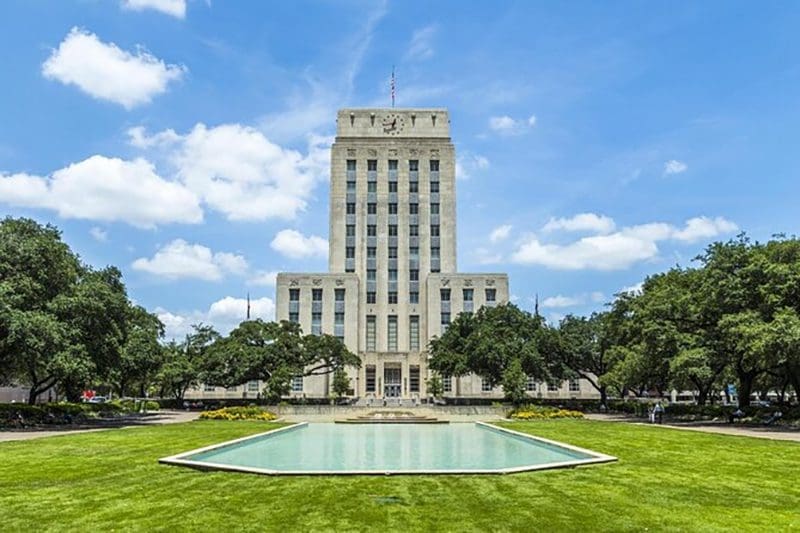CCedar Hill Independent School District’s Board of Trustees voted on June 11 to set a new property tax rate, which will require approval from voters. The board chose to hold the election on a special date in September, rather than on the uniform election date in November.
The board wants to raise the Maintenance and Operations (M&O) tax rate from $1.04 per $100 of assessed value to $1.17, a 13-cent increase. They’re hiding the impact of that M&O increase by decreasing the Interest and Sinking (I&S) rate – also known as the “debt service” rate – by 14 cents for 2018. This is known as a “swap and drop.”
This rate change, which they are advertising as a “Swap-ortunity,” appears on the surface to be a good thing. After all, it changes your ISD-related property tax rate from the 2017 number of $1.516 to $1.506 — saving you a penny per $100 in assessed value.
Hidden in the change, and unmentioned in the advertising, is the “opportunity” for CHISD to raise its maximum allowable tax rate from $1.54 to $1.67 per $100 for future years. Are you willing to trade giving permission for a permanent 13-cent increase in the allowed rate for a one-cent reduction for this year?
Putting it into the phrasing of Wimpy from Popeye cartoons, our school trustees are saying, “I’ll gladly give you a penny this year for the opportunity to charge you up to 16.4 pennies more next year and every year thereafter.”
The Texas Legislature has made understanding and monitoring the taxing authority of Texas school districts complicated and confusing. CHISD is banking on that confusion. Summarizing the effects of current state law on most school districts, including Cedar Hill, requires discussing two independent components of the ISD property tax rate:
- “Interest and Sinking” (I&S) rate for providing “debt service” for voter authorized “Tax Supported bonds issued for the construction, acquisition, and equipment of school buildings in the district” and other related purposes (Texas Education Code 45.001). State law caps the I&S tax rate at $0.50 per $100 in assessed value (Texas Education Code 45.0031).
- “Maintenance and Operations” (M&O) rate for providing “the further maintenance of public schools in the district” (Texas Education Code 45.002). Salaries for teachers and staff are districts’ largest operational expense. The M&O rate is capped based on a strange formula that, for CHISD and most Texas districts, results in a maximum of $1.04 per $100 in assessed value (Texas Tax Code 26.08(n)(2)(A)) unless the ISD holds a “Tax Ratification Election” (TRE) requesting voter permission for a higher rate. Even then, state law caps the maximum rate at $1.17 (Texas Education Code 45.003).
On September 8, CHISD is asking its voters to authorize the maximum M&O rate of $1.17 per $100 in assessed value, while promising to reduce their I&S rate for 2018 to $0.336. This leaves open the potential, without any additional permission from their voters, for the CHISD board of trustees to eventually increase the I&S rate by $0.164 ($0.50–$0.336) for a total CHISD tax rate of $1.67 per $100.
Switching metaphors to a Clint Eastwood character, “you’ve got to ask yourself one question: ‘Do I feel lucky?’” If not, you should vote against the CHISD “swap-ortunity.”
Early voting for Cedar Hill ISD’s Tax Ratification Election begins August 22. Election Day is Saturday, September 8.
This is an outside commentary submitted and published with the author’s permission. If you wish to submit a commentary to Texas Scorecard, please submit your article to submission@empowertexans.com.




